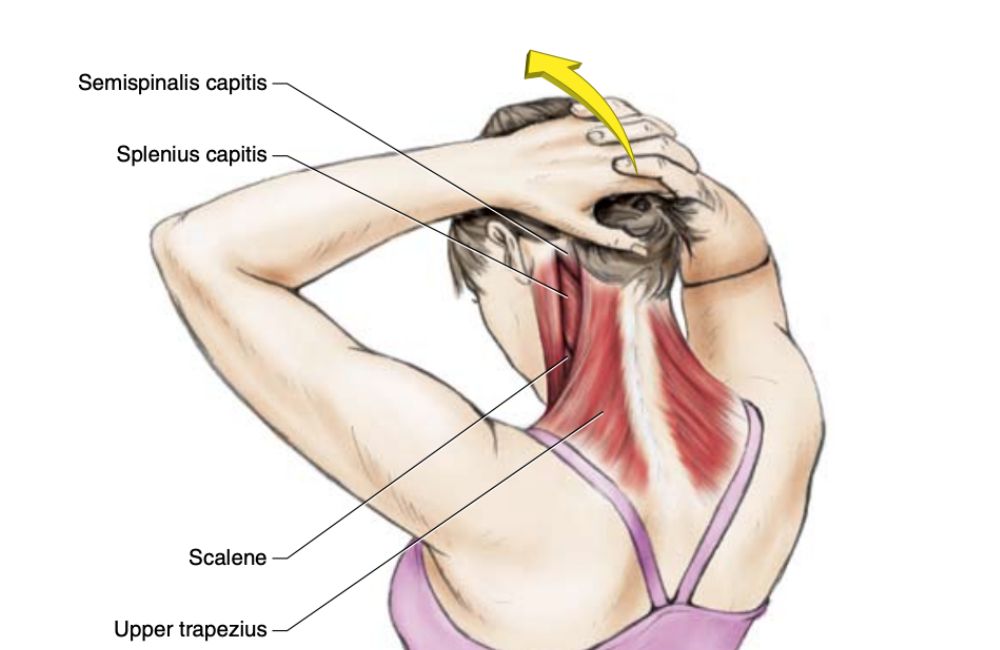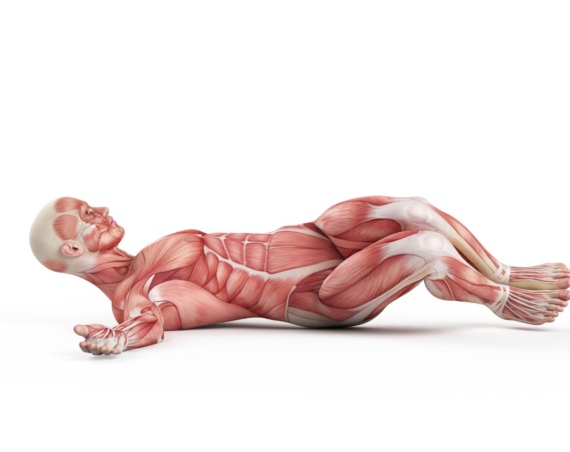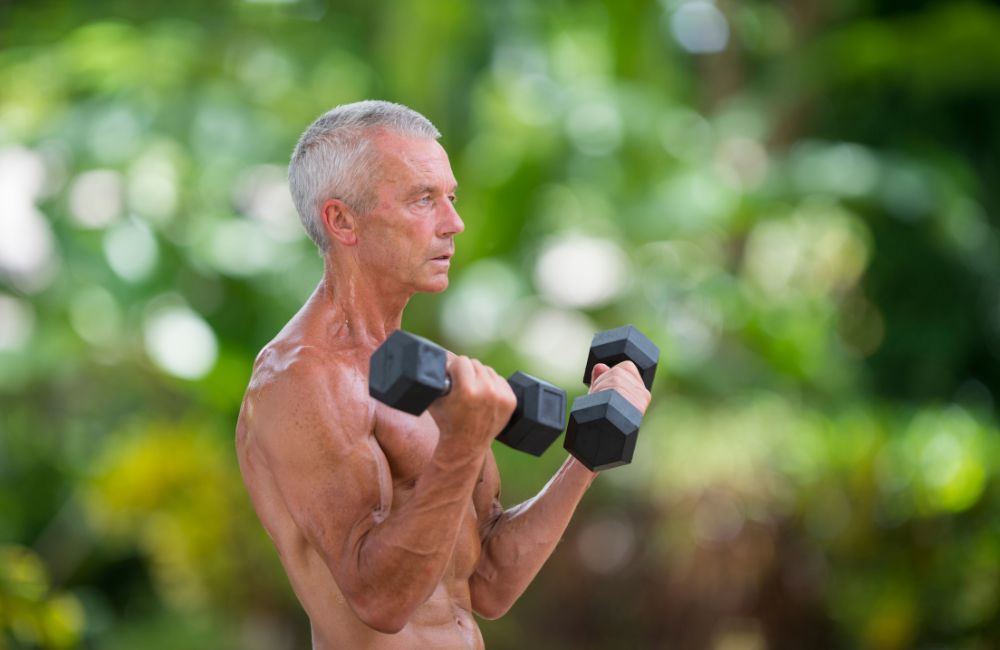
It’s never too late to prioritize your health and strength, especially after reaching the age of 50. In fact, building muscle and enhancing strength becomes even more crucial at this stage as they serve as the body’s defense against aging and muscle loss.
Feeling fit and strong is empowering at any age. However, it’s essential to approach fitness differently than in your younger years. As you reintegrate gym routines into your life, consider a few key factors.
In your 50s, focusing on functional strength is paramount. Your weight training regimen should not only promote lean muscle mass and fat loss but also emphasize flexibility, mobility, and functionality.
Incorporating movement-based exercises such as lunges, squats, and step-ups is essential. These activities mimic everyday movement patterns, improving mobility and overall functionality.
Additionally, prioritize weight training that enhances flexibility, balance, and range of motion. By incorporating these multi-functional strength exercises into your routine, you’ll not only bulletproof your body against aging but also ensure a vibrant and active lifestyle for years to come.
7 Best Strength Training Exercises to Do After 50
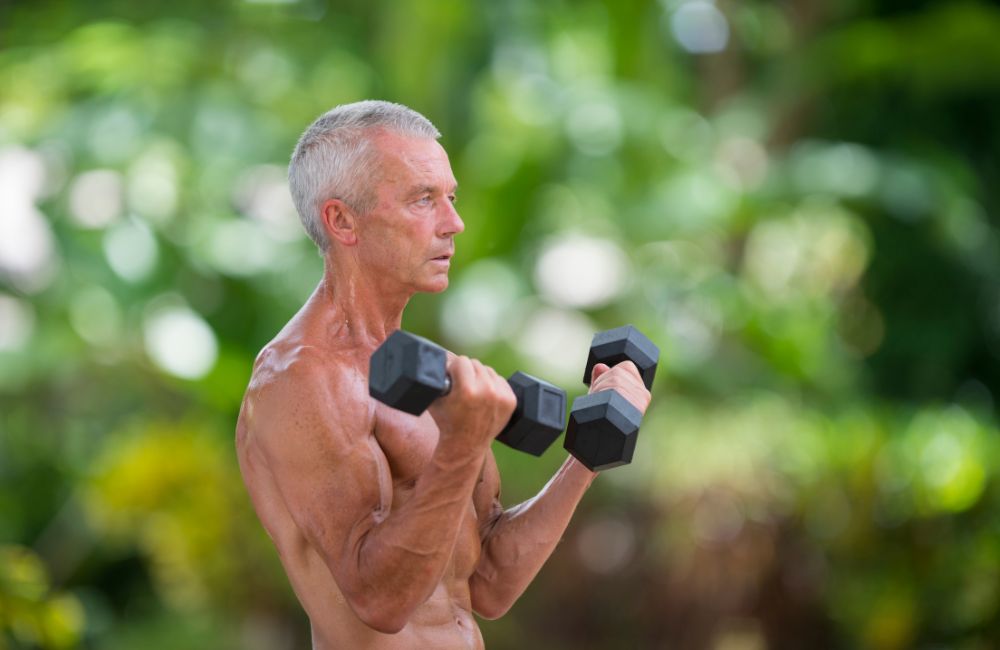
1. Dumbbell Front Squats
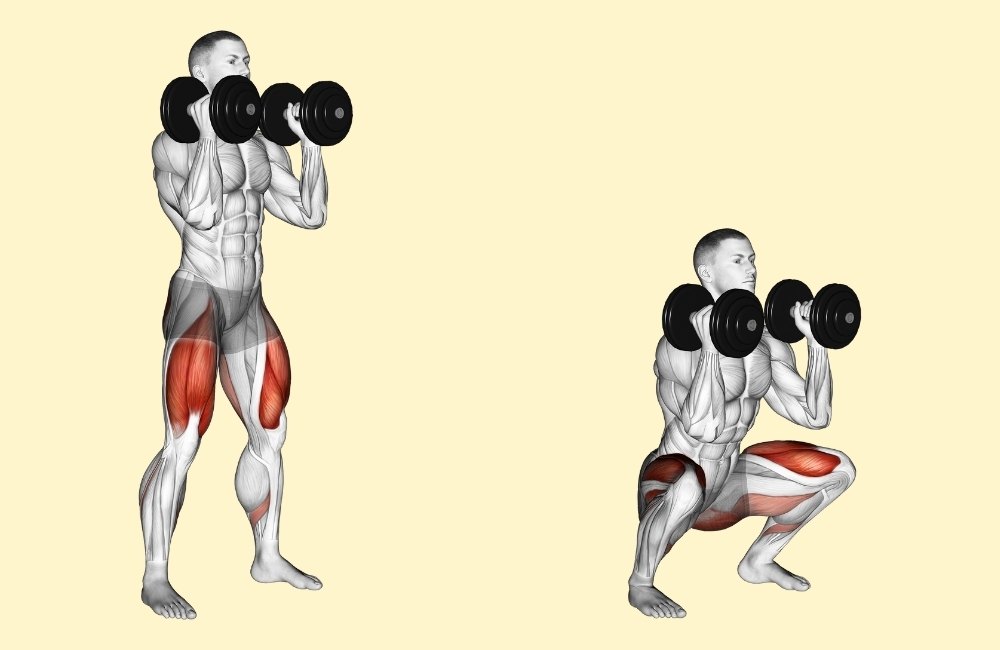
Squats are an amazing exercise that can help the body in myriad ways. The front squat variation also helps to incorporate some shoulder work, and the nature of this squat kicks your quads into overdrive.
How to Perform:
- Start standing, holding one dumbbell in each hand.
- Bend your elbows and place the dumbbells on the front of your shoulders, resting them there, if possible, with your hands supporting them.
- Squat down as deeply as you can without your back collapsing forward or your heels coming off of the ground.
- Once you’ve reached the bottom of your range, stand back up to complete the rep.
- Perform 10-15 reps for 3 sets per session, 2 sessions per week.
2. Dumbbell RDLs
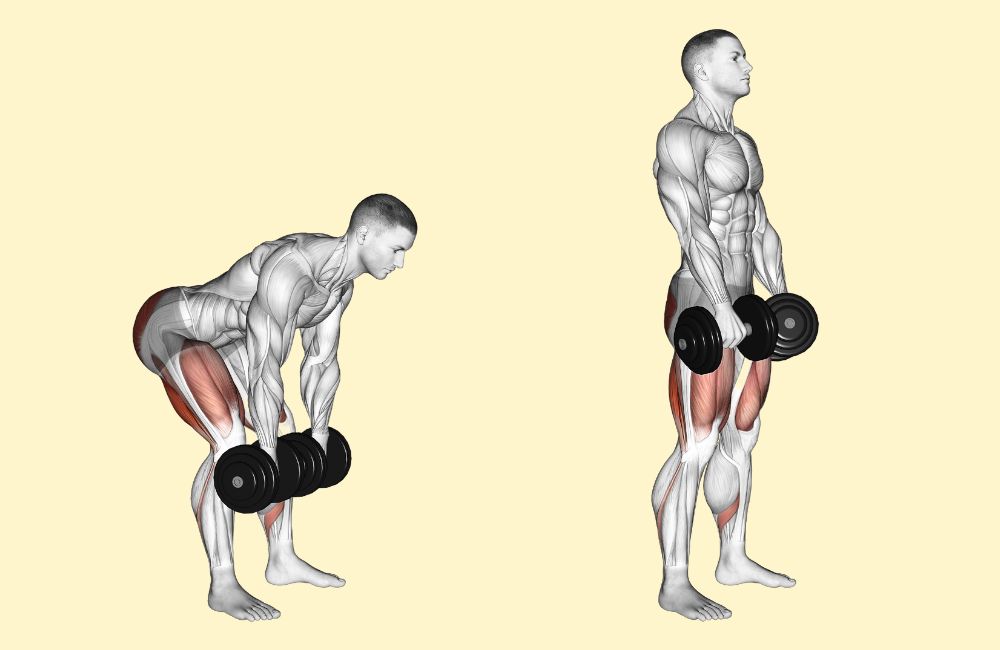
Romanian deadlifts are a foundational exercise. This movement increases lower body strength, especially in the hamstrings and glutes.
How to Perform:
- Grasp one dumbbell in each hand and start standing, with your feet about hip-width apart.
- Bend your knees slightly, and lower the weights until they are about an inch or two from the floor.
- Then, straighten out your legs and return to standing.
- Perform 10-15 reps per set, 3 sets per session, 2 times per week.
3. Dumbbell Single-Arm Bench Press
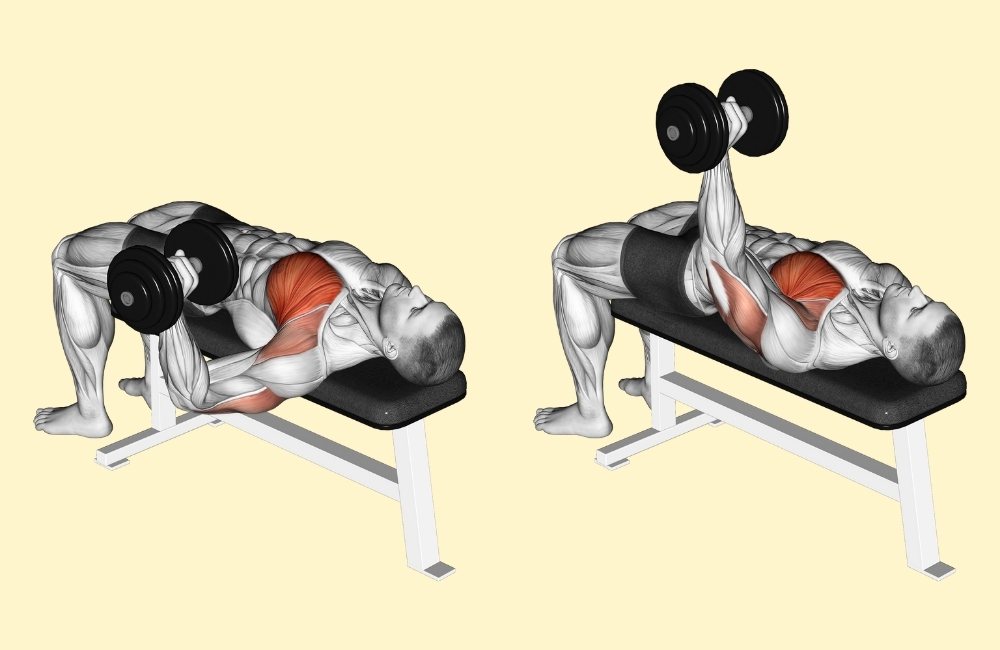
Bench pressing with one arm, instead of two, provides a few different benefits.
First off, it can increase abdominal muscle activation. Secondly, it can help to identify whether one side is weaker than the other.
By addressing these issues, you can increase your overall bench pressing strength.
How to Perform:
- Lie down on a flat bench, with one dumbbell in each hand.
- Press the right arm up toward the ceiling, leaving the left arm down by your side.
- Then, return the right hand to the starting position, and push the left arm to the ceiling.
- Repeat for 10-15 reps per side, per set, for 3 sets per session, and 2 sessions per week.
4. Dumbbell Pullover
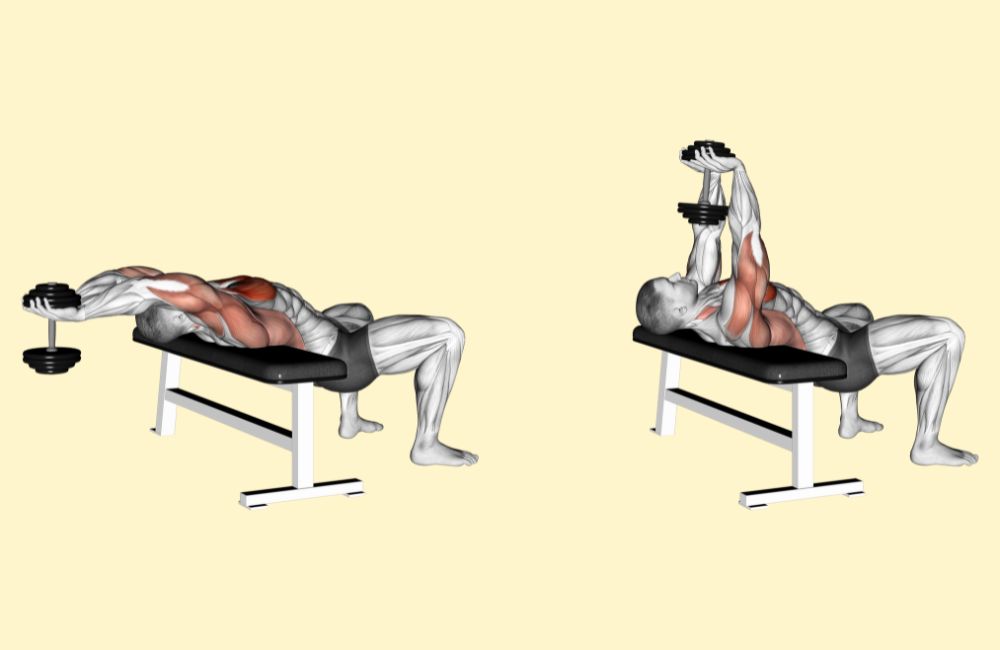
This move is great for the lats. In fact, this is one of the easiest ways to build up the lats when you can’t perform pullups.
How to Perform:
- Hold one dumbbell in both hands while lying flat on your back on a bench.
- Lift the weight over your head, allowing it to fall down toward the ground.
- Once you feel a stretch in your lats and pecs, reverse the motion and pull the weight back up to above your chest.
- Repeat this motion for 10-15 reps per set, 3 sets per session, and 2 sessions per week.
5. Dumbell Bent-Over Reverse Fly
The rhomboids are a key exercise for shoulder health. This move is terrific for those who work at a desk and assume a flexed posture throughout the day.
How to Perform:
- Hold one dumbbell in each hand (err on the side of going lighter on this one).
- Bend over at the waist, keeping your back flat.
- Separate your hands apart from one another, lifting the dumbbells up to shoulder height.
- Once you’ve reached the top of your motion, slowly lower the weights back down to the starting position.
- Repeat for 10-15 reps per set, 3 sets per session, and 2 sessions per week.
6. Dumbell Split Squats
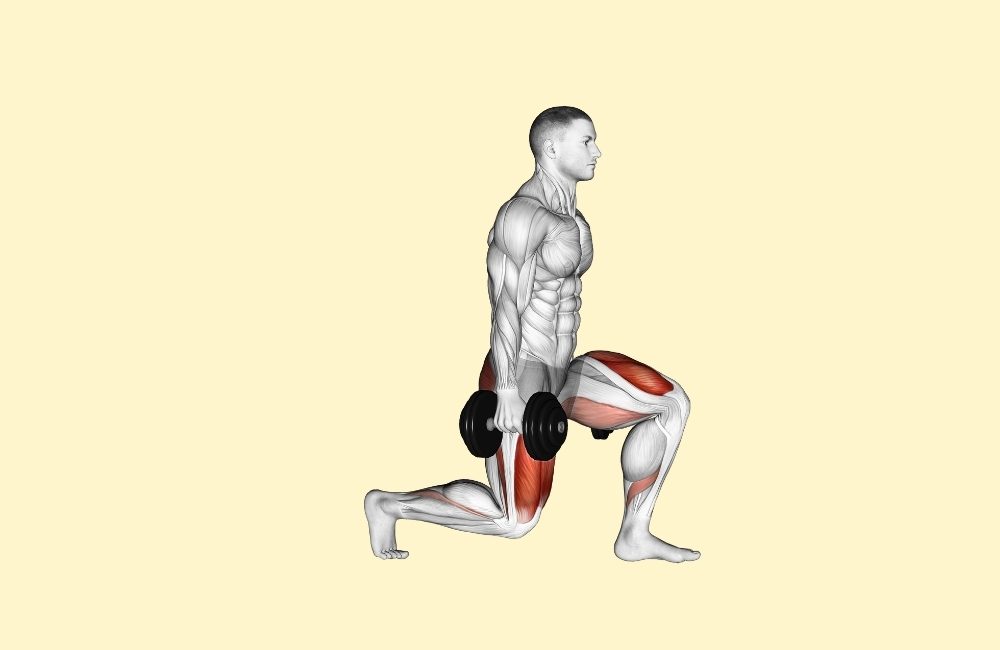
Split squats, also known as Bulgarian squats, are another tricky exercise to master. This move requires a fair bit of balance and strength. So, don’t be discouraged if you don’t master it on your first try!
How to Perform:
- Hold a dumbbell underneath your chin with both hands.
- Extend your right leg behind you, placing your right toes on a bench or other elevated surface.
- Slowly, squat down until your right knee comes close to the floor.
- Once you’ve reached the bottom of your range, stand back up to complete the rep.
- Perform 10-15 reps per side, per set, for 3 sets per session, 2 sessions per week.
7. Side Planks
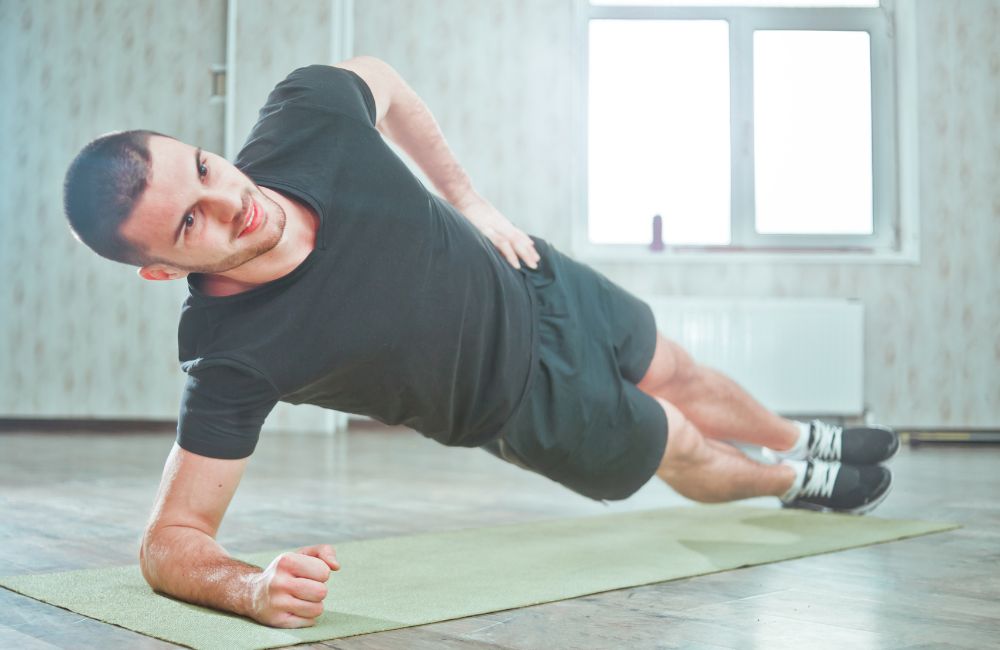
The obliques are an oft-neglected muscle group. Most people prioritize the six-pack muscles, known as the rectus abdominis. While the rectus is an important muscle, the obliques are equally vital for good health.
This move uses isometric contractions in order to build endurance and strength throughout the core.
How to Perform:
- Start by lying on your left side.
- Tuck your left forearm underneath you.
- At the same time, stack your right foot on top of your left.
- Rise up onto your left forearm and left foot.
- Be sure that your body is in a straight line from the top of your head down to your feet.
- Hold this position for 30 seconds, and repeat 4 times on each side per session.

